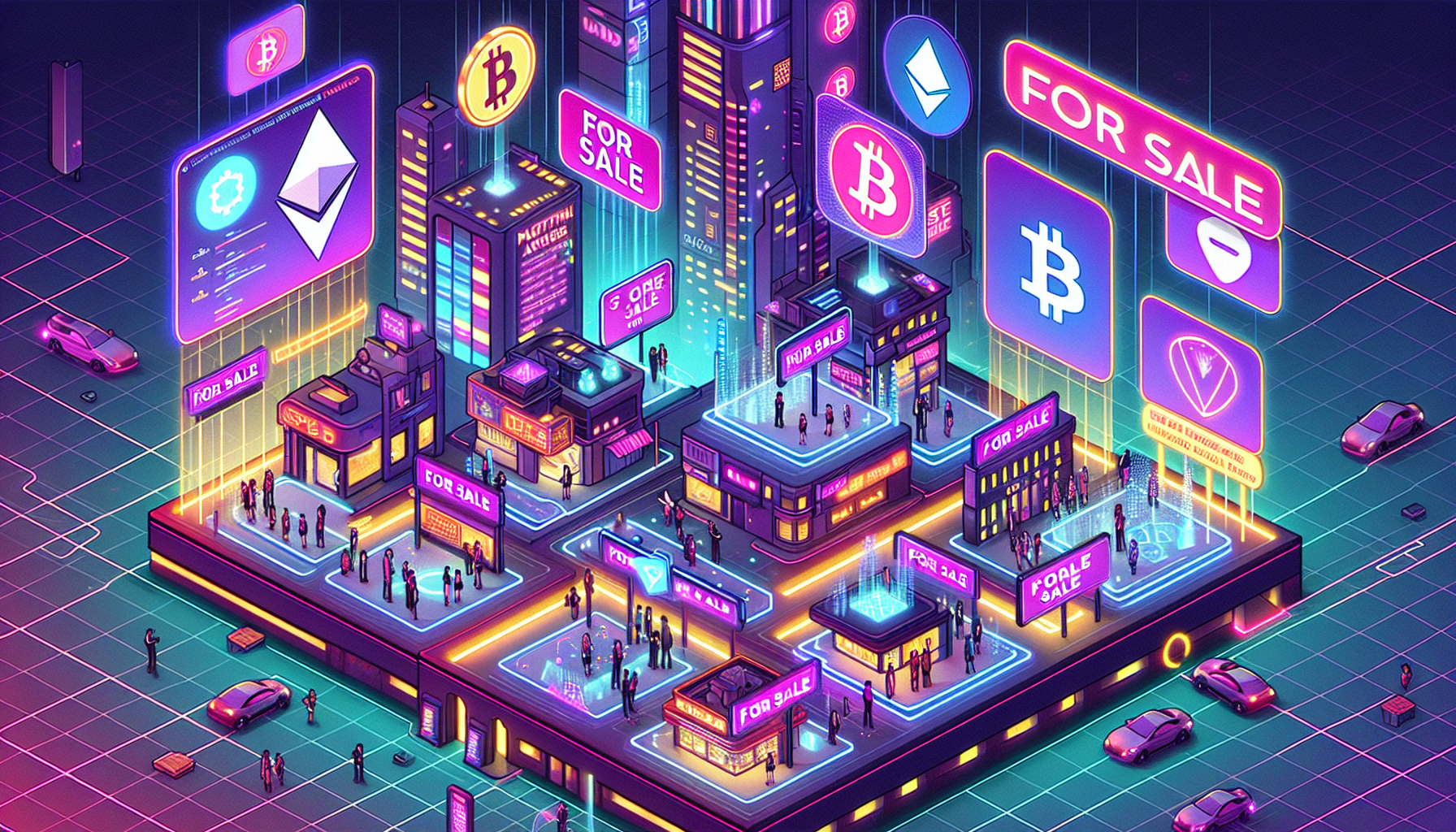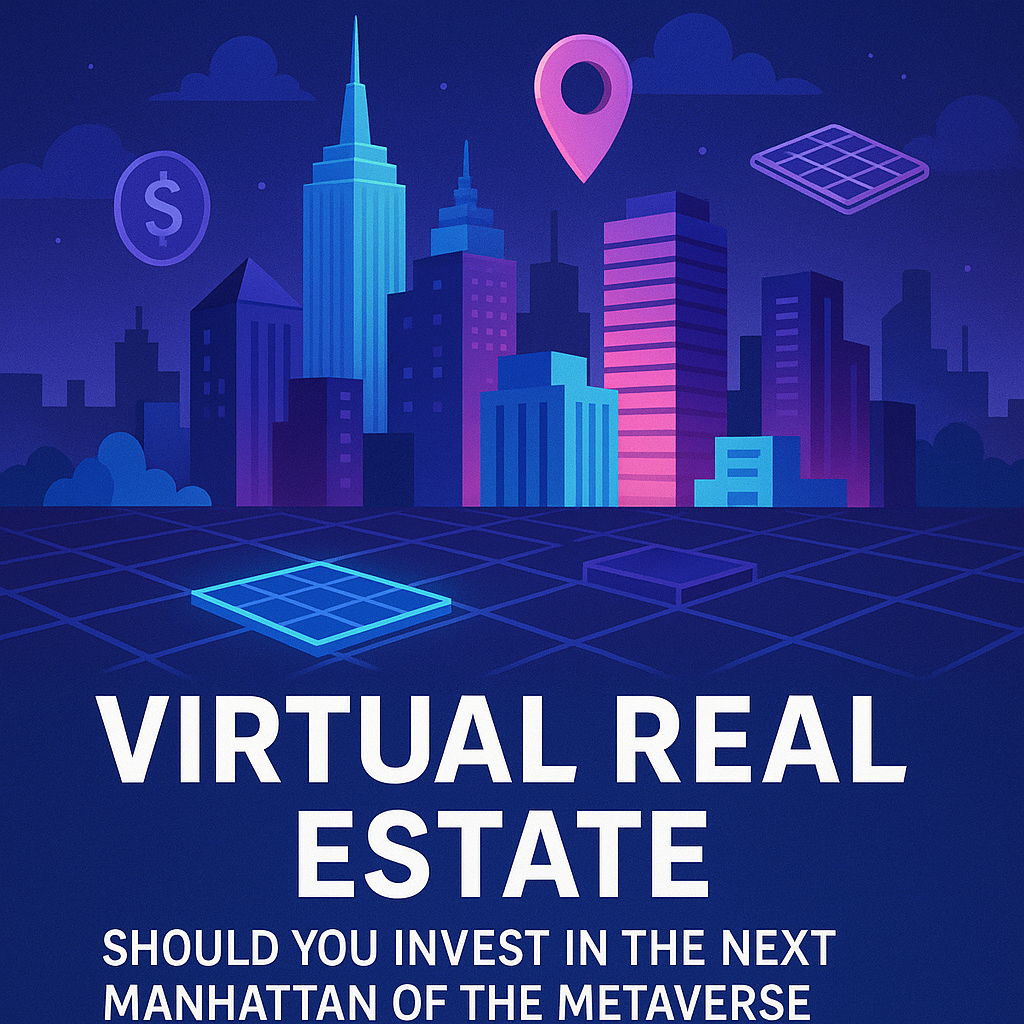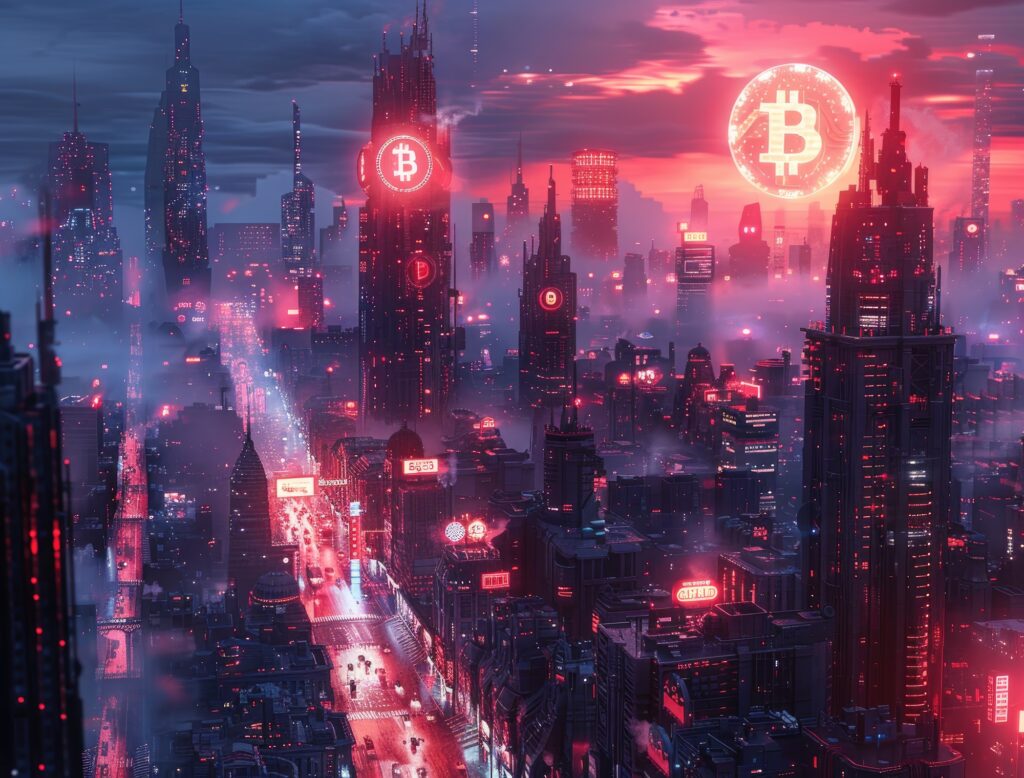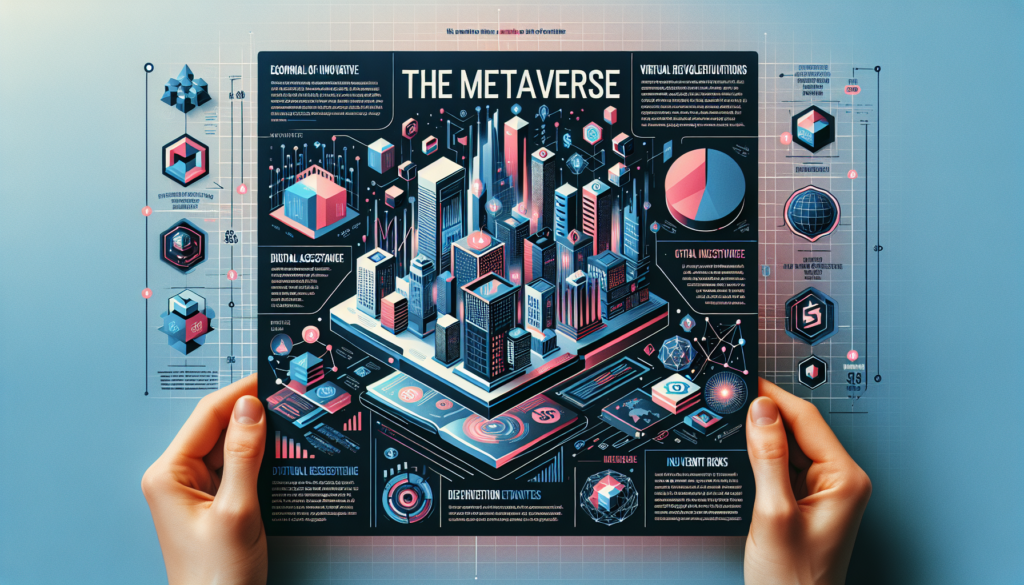
When someone mentions the word “real estate,” you probably think of office buildings, beachside condos, or suburban homes. But what if I told you that investors are now dropping millions of dollars on land… that you can’t even physically touch?
Welcome to the world of virtual real estate—the shiny new frontier in digital investing. From plots in Decentraland to skyscrapers in The Sandbox, the race to snag a piece of the “next Manhattan of the metaverse” is heating up. But is this a goldmine waiting to be tapped, or just another digital bubble?
Let’s break it down like the curious digital explorers we are.
What Is Virtual Real Estate, Anyway?
Virtual real estate refers to the buying, selling, or renting of digital spaces within metaverse platforms. These spaces can be anything from art galleries in Voxels (formerly Cryptovoxels) to nightclubs in Somnium Space. Just like physical real estate, you can develop these plots, flip them for profit, lease them out—or simply hold onto them as an investment.
Here’s the twist: it’s all powered by blockchain technology. Your digital property is represented by a non-fungible token (NFT)—a unique, verifiable asset stored on a blockchain. In simple terms, you hold a digital deed proving you own that piece of virtual land.
Why Would Anyone Pay for Digital Land?
Great question. The reasons may surprise you:
1. Artificial Scarcity Meets Real Demand
Most metaverse platforms have a limited number of land parcels. For instance, Decentraland has just 90,601 plots. That scarcity creates value—basic supply and demand economics.
2. Location Still Matters
Just like in the physical world, being near popular attractions increases your land’s value. A plot next to Snoop Dogg’s mansion in The Sandbox? That could be digital gold.
3. Monetization Potential
Brands, artists, and influencers are building shops, galleries, event spaces, and even concert venues in the metaverse. Owning land means you could lease it to a company, build your own digital business, or charge for virtual events.
4. Speculation & FOMO
Let’s be honest: a big chunk of this is driven by speculation. Investors are betting that these virtual worlds will explode in popularity—and they don’t want to miss the rocket ship.
Where Can You Buy Virtual Property?
Some of the most active platforms for virtual real estate include:
- Decentraland
- The Sandbox
- Voxels (formerly Cryptovoxels)
- Somnium Space
- Otherside (by Yuga Labs, creators of Bored Ape Yacht Club)
Each has its own virtual map, land ecosystem, and often its own currency (like $MANA or $SAND). These platforms are essentially digital cities—some fully decentralized, some more curated.
Who’s Investing in This?
This isn’t just a playground for crypto nerds. Big players are moving in.
- Adidas, Atari, Samsung, and JP Morgan have all purchased virtual land.
- Snoop Dogg owns an estate in The Sandbox.
- Celebrities like Paris Hilton host virtual parties in these worlds.
- Real estate investment firms like Everyrealm (formerly Republic Realm) are spending millions to acquire and develop entire digital neighborhoods.
So no, this isn’t just a fringe movement anymore.
The Risks You Need to Know
Let’s pump the brakes for a second. As futuristic as this sounds, it’s not all rainbows and NFTs:
⚠️ Volatility
Prices can swing wildly. What’s worth $10,000 today might crash to $1,000 tomorrow—or skyrocket to $100,000. It’s the Wild West of investing.
⚠️ Platform Risk
Your investment is only as solid as the platform it’s built on. If the metaverse you buy land in flops, your property could become worthless—no matter how prime the location.
⚠️ Regulation Gray Zones
There’s no safety net. This market is largely unregulated, and legal protection is murky at best. If you’re scammed, you’re mostly on your own.
⚠️ Adoption Isn’t There Yet
Let’s be real: the metaverse is still niche. Most people aren’t spending their weekends shopping in Decentraland or attending concerts in Somnium. Mainstream adoption is coming—but it’s not here yet.

So… Should You Invest?
It all depends on your risk tolerance, goals, and how much you actually believe in the future of the metaverse.
- If you’re a high-risk investor with a passion for crypto and tech, virtual real estate might be a fascinating frontier to explore.
- If you’re risk-averse, this market may feel too unstable and speculative.
- If you’re a brand or content creator, owning land could give you a unique way to engage audiences in new, immersive environments.
Whatever you do, make sure you research the platform, understand the community, and don’t invest more than you’re willing to lose. Just because something is trendy doesn’t mean it’s wise.
The Bottom Line: A Digital Gold Rush or Just Hype?
We’re standing at the intersection of imagination and investment. Virtual real estate might sound like a joke now—just like Bitcoin did a decade ago—but the foundations of something big are being laid.
Is this the next Manhattan, built on code and creativity? Maybe. Or maybe it’s just another digital detour that fizzles out before mass adoption ever arrives.
Only time will tell.
But one thing’s for sure: ignoring this trend completely could be just as risky as diving in headfirst.




